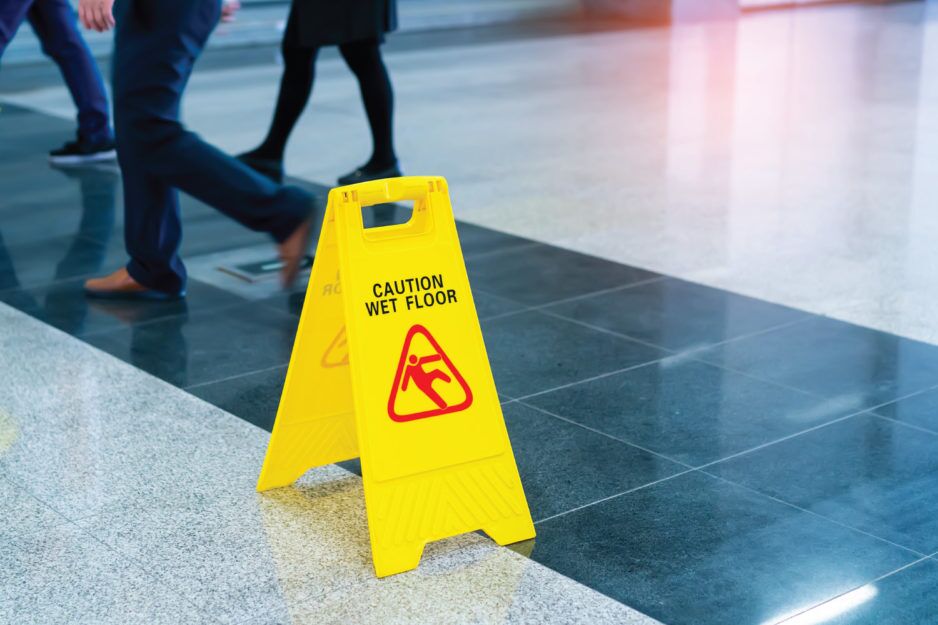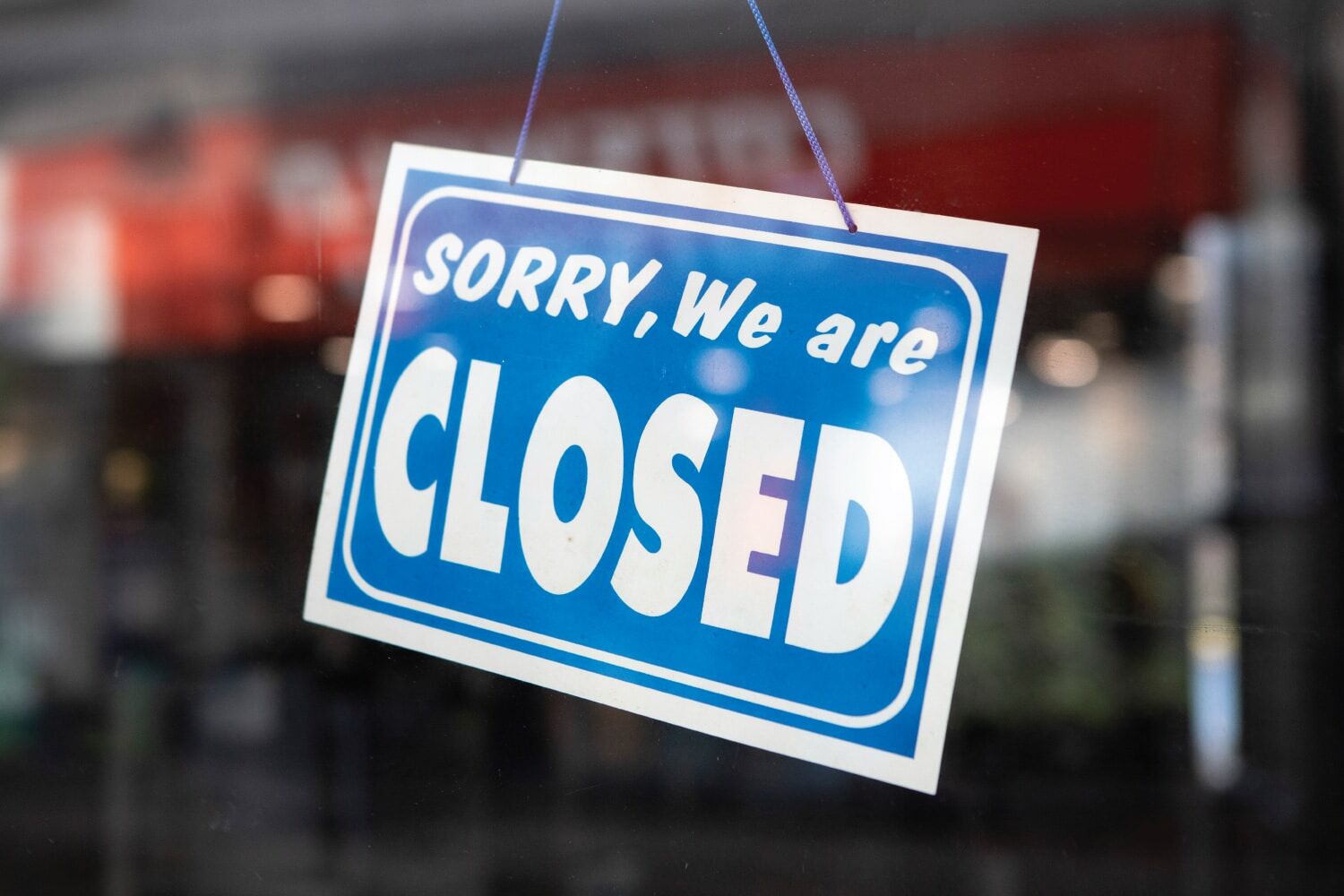Let’s be honest – we’ve all had an “oops” moment when it comes to files.
Maybe that document you swear was on your desktop last week has mysteriously vanished. Maybe your laptop took a coffee bath. Or maybe your server decided to take a permanent vacation (RIP). Whatever the case, “oops” is not a strategy – for you or for a business.
We’d go into more detail about differential snapshots, deduplication algorithms, and zero-trust architecture, but this is Backups 101, not a graduate seminar on Data Whispering.
So, let’s talk backup basics. Not the boring, jargon-filled kind, the real-world, “I-don’t-want-to-lose-my-stuff” kind.
What is a Backup, Really?
At its core, a backup is just a copy of your data stored somewhere safe. That’s it. But the magic is in the how, where, and how often.
Think of it like this: if your data is a pizza, a backup is the second pizza you keep in the freezer, just in case someone drops the first one on the floor. Or it’s the second save of that Word document you poured your soul into, just in case the first one lied to you despite saying “Saved.”
The 3-2-1 Rule (AKA the Golden Rule of Backups)
If you remember nothing else, remember this:
- 3 copies of your data
- 2 different storage types (like external drives + cloud)
- 1 copy stored offsite (not in the same building as your main system)
This rule is simple, effective, and surprisingly ignored until it’s too late.
Common Backup Fails (And How to Avoid Them)
- “I thought it was backing up…”
Check your backup logs. Automate alerts. Trust, but verify. - “I backed it up once… last year.”
Backups should be regular. Daily or weekly, depending on how often your data changes. Automating backups keeps things regular without the repeated stress of sticking to a routine when you’re already busy enough. - “My backup is on the same device as my original files.”
If your laptop dies, so does your backup. That’s not a backup; it’s a false sense of security. Invest in a good external hard drive or look into using Google Drive, Microsoft OneDrive, or iCloud.
Cloud vs. Local: Do You Need Both?
Short answer: Yes.
- Local backups (like external hard drives or NAS devices) are fast and great for quick restores.
- Cloud backups are offsite, scalable, and safe from physical disasters (like fires, floods, or rogue office coffee spills).
They’re like peanut butter and jelly – better together.
Test Your Backups (Seriously)
A backup you’ve never tested is just a theory. And theories don’t restore your files when disaster strikes.
Here’s how to make sure your backups actually work:
- Schedule Regular Restore Tests
Pick a cadence – monthly, quarterly, whatever fits your risk level – and actually restore a file or system. Not just once. Not just the easy stuff. Try restoring something critical and complex. - Test Across Platforms
If you’re backing up to both cloud and local storage, test both. Make sure your cloud provider isn’t just storing your data – they’re making it retrievable. And that your external drive isn’t just a fancy paperweight. - Simulate a Real-World Scenario
Pretend your laptop exploded. Can you get your files back? How long does it take? What’s missing? This kind of “fire drill” helps you spot gaps before they become problems. - Check File Integrity
A backup that restores corrupted files is just a cruel joke. Use tools that verify file integrity during backup and restore processes. - Document the Process
If only one person knows how to restore your data, you don’t have a backup plan—you have a bottleneck. Write it down, share it, and make it dummy-proof. - Automate Alerts for Failed Backups
Don’t wait until you need your data to find out your last five backups failed! Set up alerts and logs that tell you when something goes wrong.
Backups are Part of a Bigger Picture
Backups are just one piece of your business continuity and disaster recovery (BCDR) plan. If you’re not thinking about how fast you can get back up and running after a disaster, you’re not really protecting your business.
TL;DR (too long; didn’t read)
If you remember nothing else, remember this:
- Backups = peace of mind
- Follow the 3-2-1 rule
- 3 copies, 2 types of storage, 1 offsite backup
- Automate, verify, and test
- Use both local and cloud
- “Oops” is not a recovery plan
Let’s chat. Or better yet, let’s back it up.
At CCB, we’ve helped organizations across the nation ensure their data is secure, protected, and ready for anything – from accidental deletions to full-blown disasters. Whether you’re starting from scratch or refining an existing strategy, we’ll help you sleep better at night. Let’s talk!



